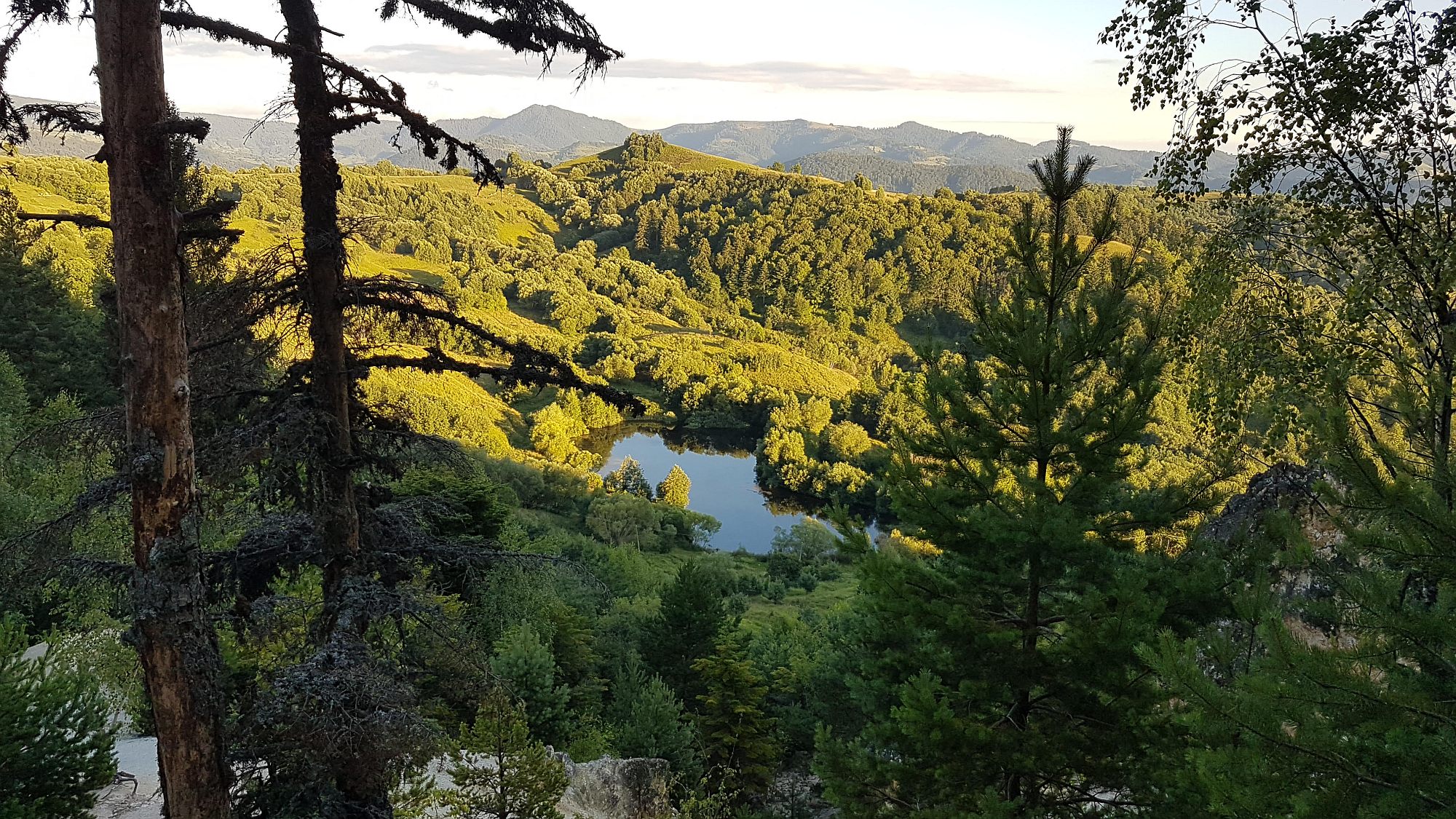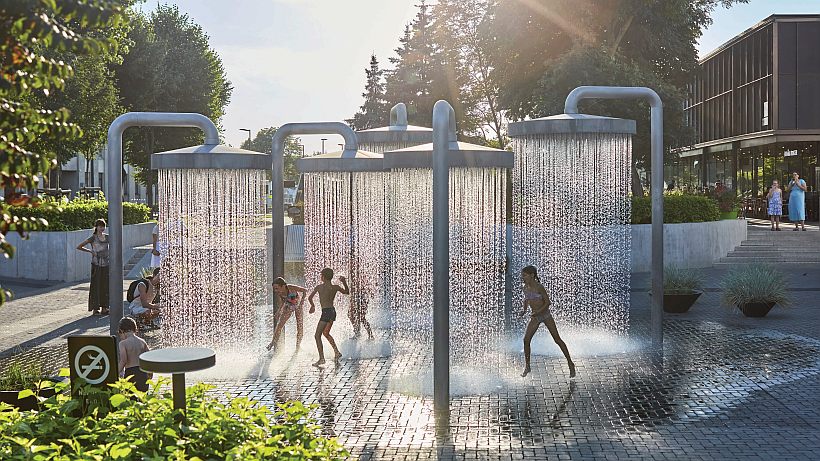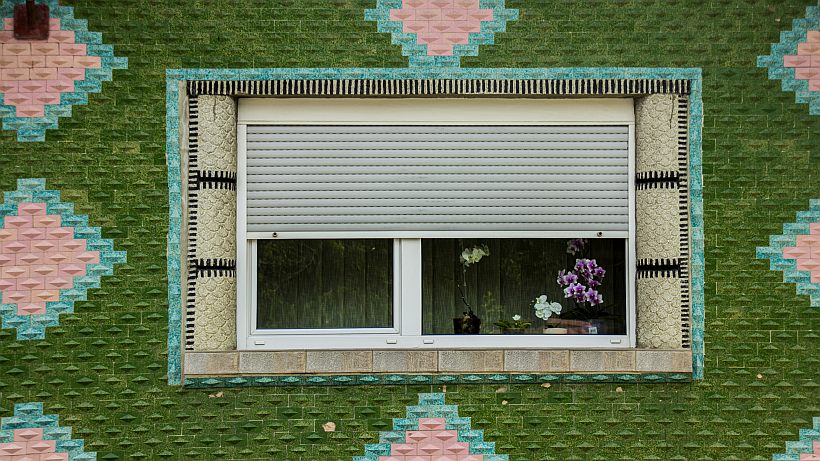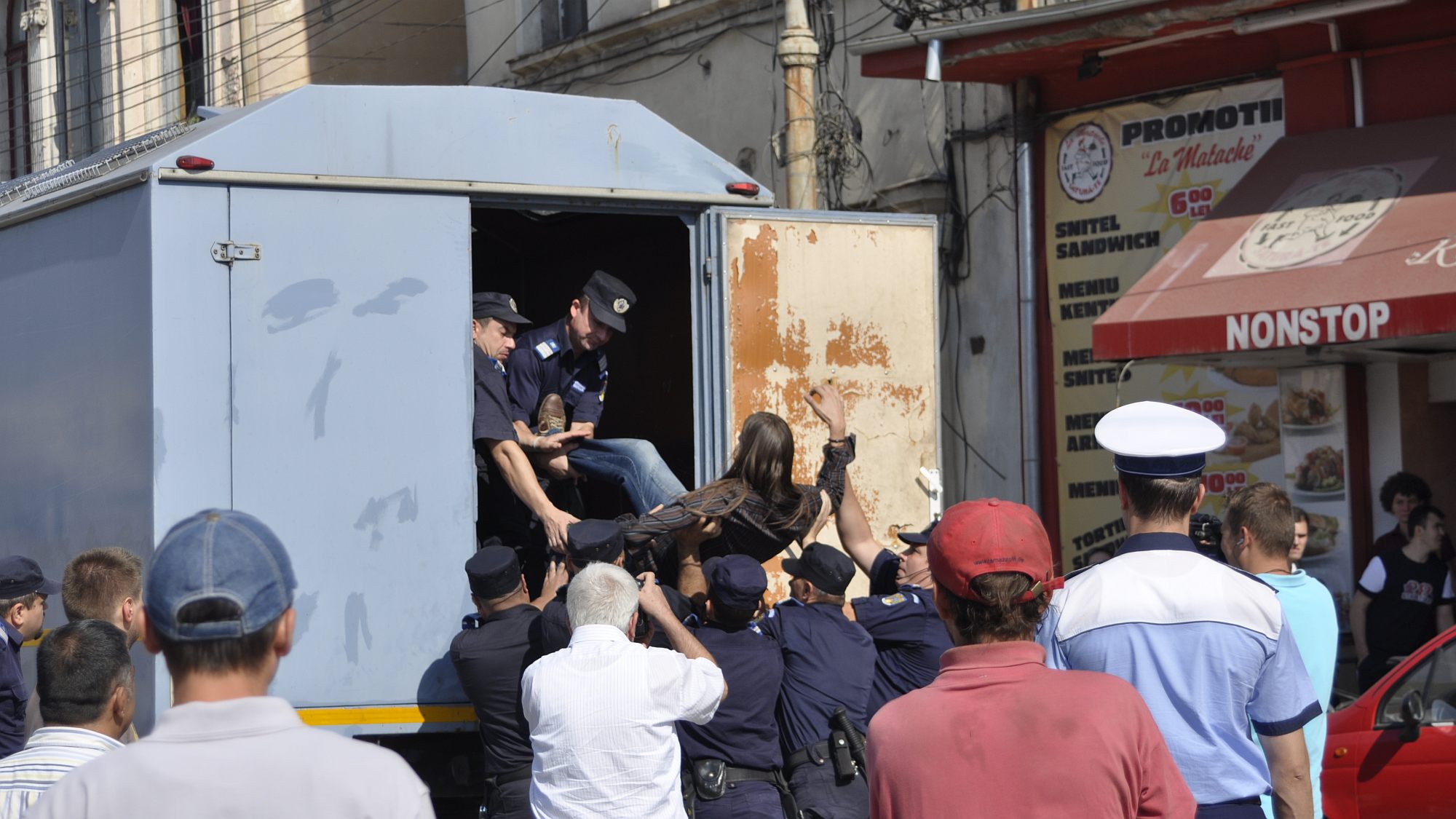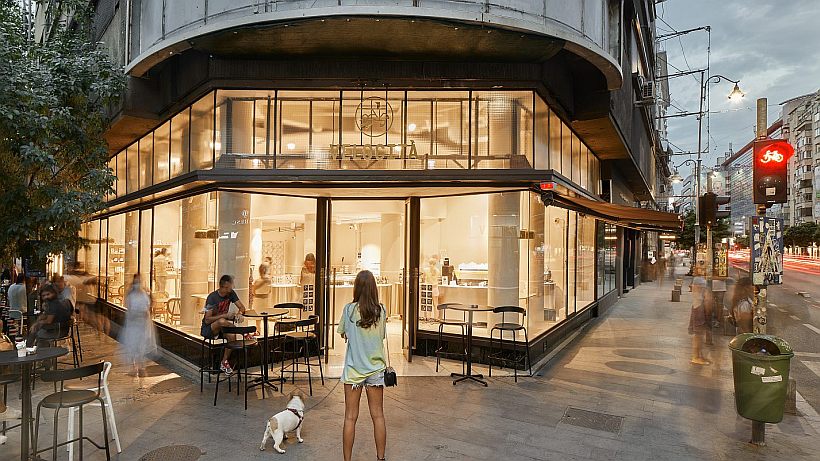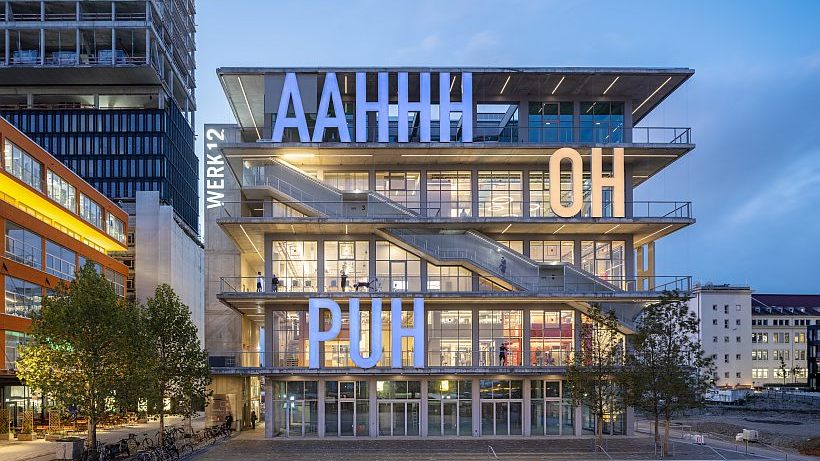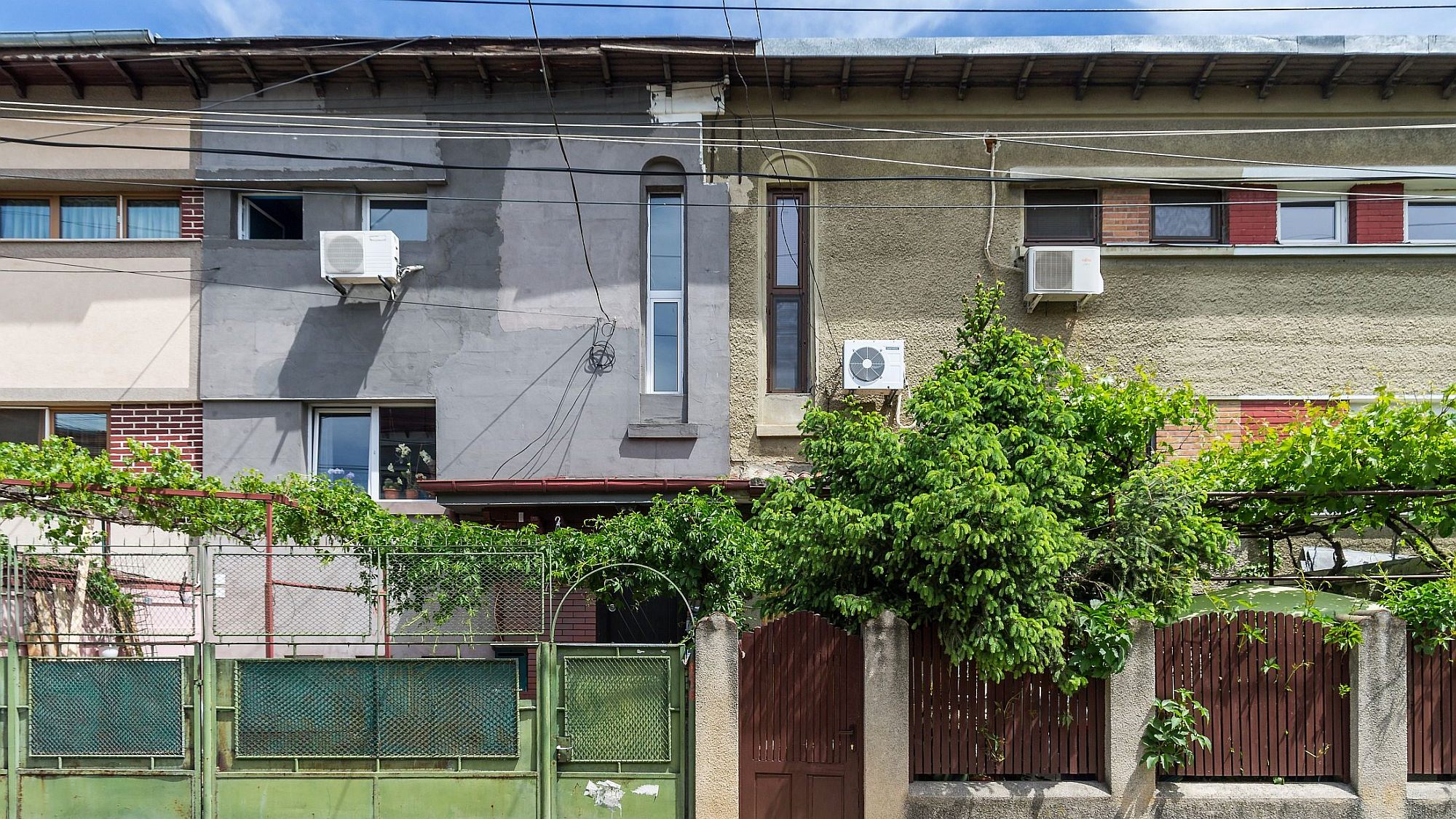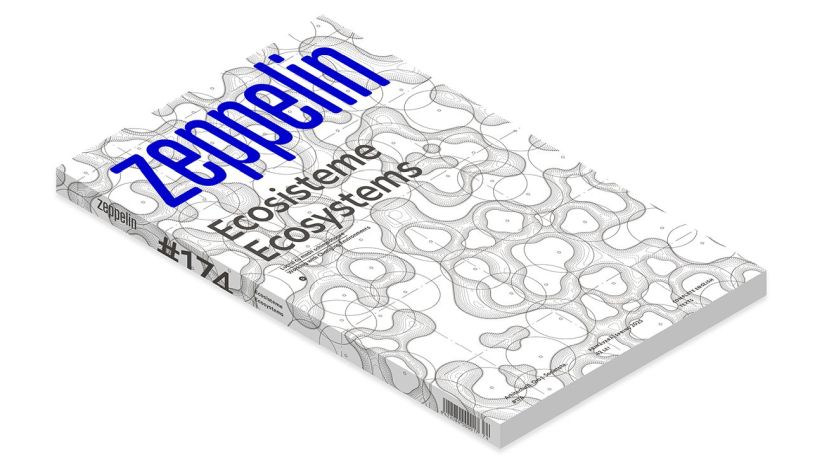In what follows we will talk about a example of reconditioning and re-use of an existing dwelling space. The importance of such a project cannot be stressed enough, no matter how much is written about the subject. We live in a highly built world which constantly presents us with the opportunity to reinvest buildings with the facilities necessary to contemporary generations, thus salvaging energy, resources, and a dash of memory.
Articles box
On 27 July, during the 44th extended session of the UNESCO World Heritage Committee, the Rosia Montana mining landscape was inscribed simultaneously on the World Heritage List and on the List of World Heritage in Danger. On this occasion, Sneška Quaedvlieg – Mihailovic, Secretary General of Europa Nostra, delivered a powerful statement, strongly applauding this decision and recalling the support of Europa Nostra to this campaign, also with the support of the European Investment Bank Institute, during the past decade. Europa Nostra is also preparing a congratulatory letter addressed to the Romanian President Klaus Iohannis, who himself welcomed the inclusion of the mining landscape in these important lists.
Intro: Ștefan Ghenciulescu
This short dossier starts in fact before the introduction you are just reading. The opinion piece on rural space and the recent works of the Larix Studio closes the dossier on village architecture; it also includes a public space project, one of the most persecuted programs in a rural world that has to deal with underfunding, migration and abandonment, but also with individual interests and poor civic association.
Coordinators: Cătălina Frâncu, Ștefan Ghenciulescu
“The Countryside”. Introduction
The first lockdowns helped bloom the #cottagecore aesthetic. It is a trend born out of a wish for a simpler life, with low levels of stress, which would allow an easy connection to nature through activities like husbandry, gardening, picnics, etc. It’s also about nostalgia for good times passed, an imagery and aesthetic which stirs the spirits of a lot of people, from the radical left and minorities, to the ultra-traditional right
Text: Mugur Grosu
Photo: Alexandru Oglindă
Six Frenchmen get off the plane and start following a bunch of football fans, thinking they will lead them to the stadium. They reach a pub in the old town where the others start drinking. A couple of beers later they realize that the supporters were not Hungarians but Ukrainians, and what they thought was Budapest was in fact another capital that had once dreamed itself to be Little Paris, one of the hosts of this peculiar European Football Championship which has sent the fans on a fool’s errand through 11 European cities.
Delicate shifts of overall simple forms, archetypical elements and refined details give identity and human scale to both the cost-effective prisms in Wetzikon and the posh urban villa in Küsnacht.
The Centre for Electronic Industry (as the clients named it) or the Electra factory, as many call it, brings together manufacturing, office, technical and representation spaces, all harmonized within an assembly of three industrial halls. The altogether 11,000 sq. m. are built within the Miroslava Industrial Park in the Iași County, an area that will rapidly develop over the next years.
An articulation between the city and the Museum Island, between the water and the urban fabric, between the Neues Museum and the Pergamon Museum, between public space and the one for the culture, between tradition and today’s technology and culture.
The design for a coffee shop & ice cream parlor brings to front a woioonderful Art-Deco building.
Text: Ştefan Ghenciulescu
Photo: Alex Sacalu, Corvin Cristian
14 years ago, in issue 52 of our magazine, we published a dossier dedicated to one of themost inventive and bold architectural offices in the world. Curated with the help of Oana Radeș ( then a member of the bureau, now a partner at Shift Architecture Urbanism), that dossier is still one of our most important materials.
It might sound a little unprofessional, but we simply couldn’t come up with a single umbrella term for “collective apartment buildings with a reduced number of housing units”. The urban villa comes closest to the subject matter, but for many people the urban villa is quintessentially a detached building, usually surrounded by its own piece of land. There is also the Italian version – palazzina, which actually also means “small block” (specifically, the apartment building is a palazzo in Italian).
In Romanian society, one of the most common (and terrible) value confusions is, I believe, the one between beautiful, new or in good condition, on the one hand, vs. ugly, old, in poor condition, on the other. And it primarily shows when talking about architecture and the city.


